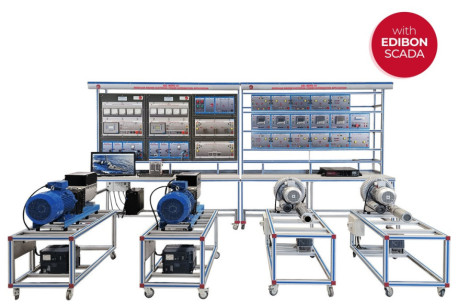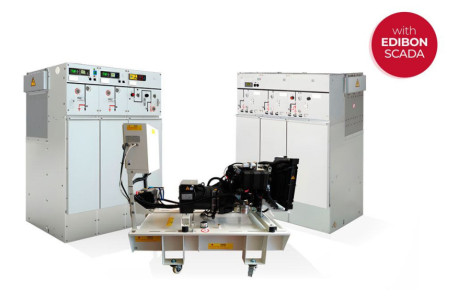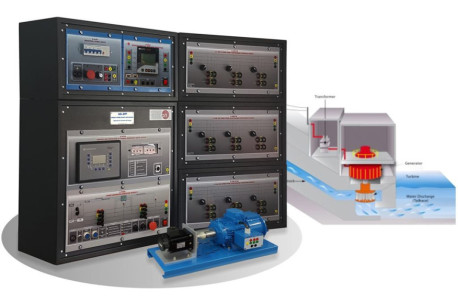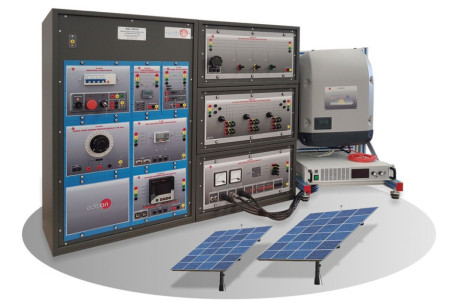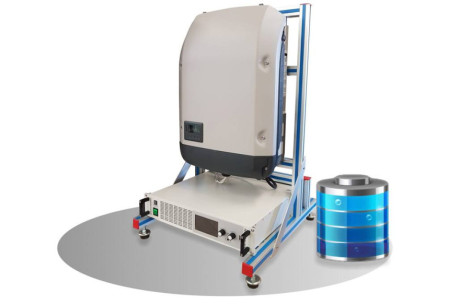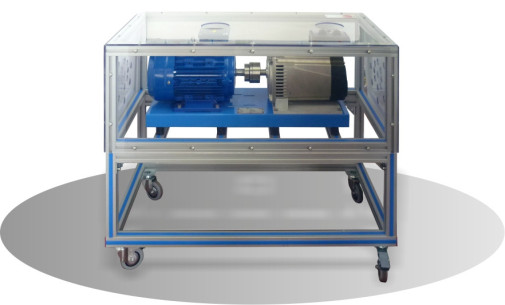FOR FURTHER INFORMATION, CONTACT US
5.2.- MICROGRIDS
Smart grids are evolved networks that manage electricity demand in a sustainable, reliable and economical way. They are characterized by an advanced infrastructure adapted to facilitate the integration of new componentsinto the smart grid.
View moreThe conventional structure of the electrical system of generation, transmission, distribution and consumption of energy is not enough to satisfy the growing energy needs. The smart grid concept originated from the inclusion of renewable energies in that conventional grid together with telecommunications systems that enable to know, in real time, the energy needs thanks to smart meters. The smart meters are bi-directional energy meters with a communication system through which the electricity company knows at all times the end user's electricity consumption. To this end, data concentrators are installed in the transformation centers. They communicate via PLC (power line communication) with the smart meters connected to the same grid. All information regarding the users' electricity consumption is transmitted from the smart meters to the data concentrator and, from there they are transferred to the electricity company through different communication systems via GPRS.
Due to the proliferation of renewable energies and the need to create more efficient and flexible power systems, decentralized generation has become a reality. This is the origin of the Micro-Grids concept. They are bidirectional power generation systems that distribute electricity from various points of energy generation to consumers through digital technology and favoring the integration of renewable energies. However, the coexistence of a large number of generation sources causes some problems in the grid. One of them is to achieve an optimal distribution of power flows in the electrical grid. To solve this problem, different technologies are used for the intelligent control of power flows. These cutting-edge devices are the phase-shifting transformers (PST), the flexible AC transmission systems (FACTS), the static synchronous compensators (STATCOM), the thyristor controlled series capacitors (TCSC) and the Static Frequency Converters (SFC). These technologies are installed in certain electrical substations to control the power flows and power factor of the grid, representing a substantial improvement in the performance of the entire electrical system.
Thanks to this technological evolution that has given rise to Micro-Grids, it has been possible to integrate renewable energy sources, such as wind power and photovoltaic power, into the grid, as well as to include electric vehicles in today's society. In turn, this has significantly reduced greenhouse gases (CO2) and costs and increased the reliability of the electrical system.
View Products Cookie preferences
Cookie preferences

